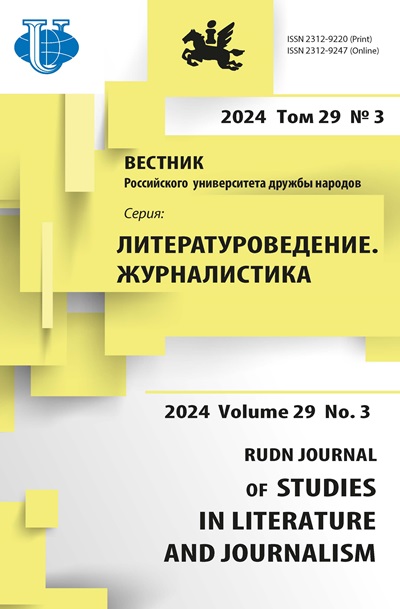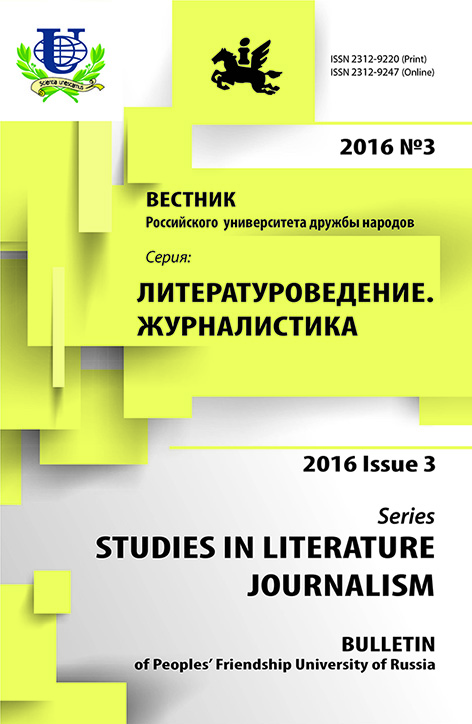THE INDIVIDUAL AND THE COLLECTIVE IN RUSSIAN CHILDREN’S LITERATURE OF PRE-WAR TIME
- Authors: Zolotukhina AV1
-
Affiliations:
- Peoples’ Friendship University of Russian
- Issue: No 3 (2016)
- Pages: 41-47
- Section: ARTICLES
- URL: https://journals.rudn.ru/literary-criticism/article/view/14407
Cite item
Full Text
Abstract
The article considers some of the major processes in Russian children’s literature of the pre-war period, the causes and consequences of the influence (hidden) of the governmental order in the art, that affected in a specific idealization of the image of the child and of public consciousness. The author needs commit an excursus in the past, in decades of the origin and development of the concept of “personality” in the movement of Russian literature for adults and then for children, indicates the emergence of new, “Soviet” traditions in the understanding of personality - in the idealization of the personality of the teenager-”chieftain”, in the affirmation of the priority of public goals over private goals. The main part of the article is devoted to the attempt to make a new explanation of the originality of works for juvenility of A.P. Gaidar and V.A. Oseeva, in particular, the formal-substantive “roll call” of narratives “Timur and his team” and “Vasek Trubachev and his comrades”. Similarities and differences between the reactions of these writers to the socio-cultural situation in the country are determinated in the article.
Keywords
About the authors
A V Zolotukhina
Peoples’ Friendship University of RussianMiklukho-Maklaya str., 10/2, Moscow, Russia, 117198
References
















